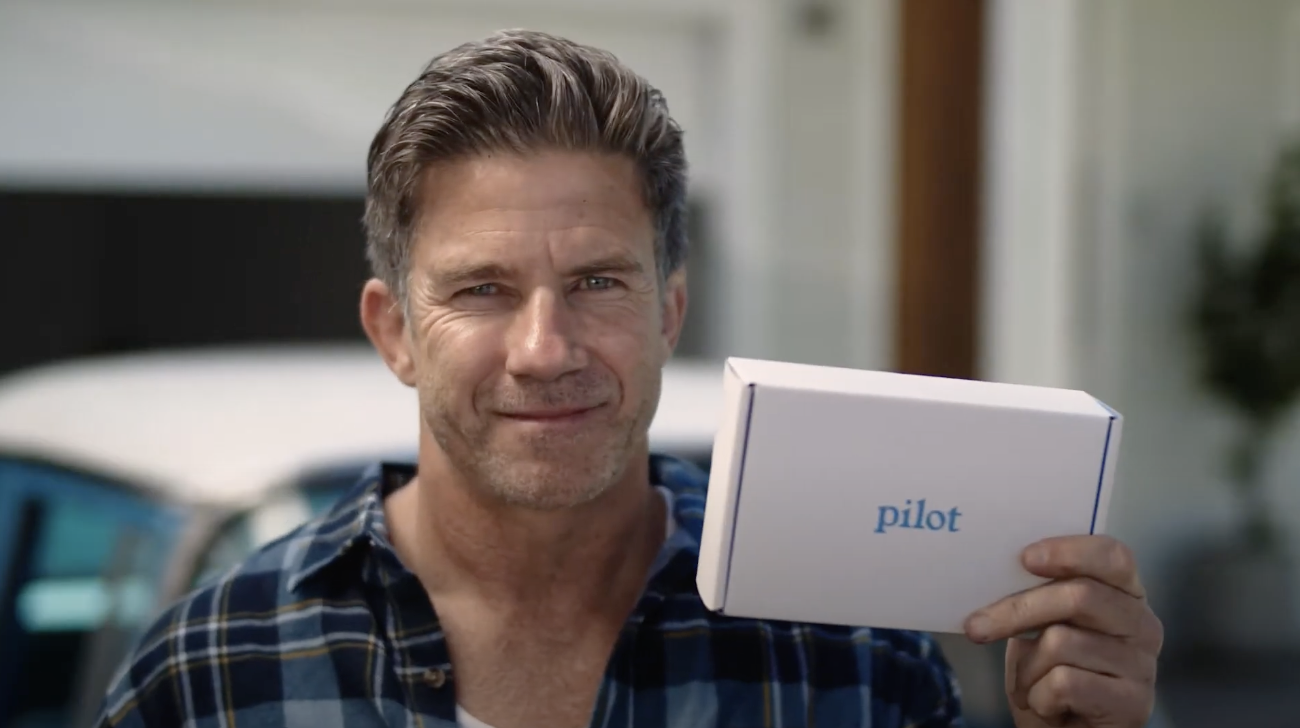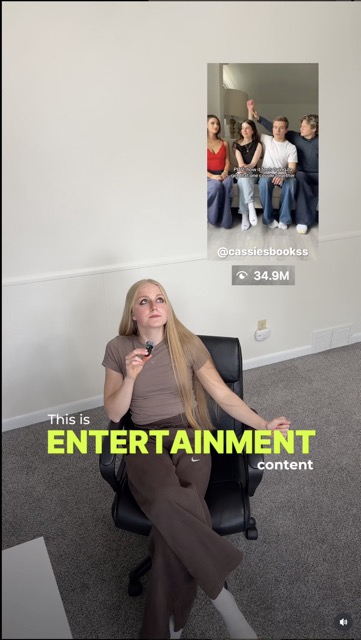In the world of marketing, the difference between features and benefits can make or break your campaign. This concept was famously highlighted by Steve Jobs during the launch of the iPod, where he touted “1,000 songs in your pocket” instead of the technical “4GB of storage.” This shift from features to benefits not only transformed how products were marketed but also set a precedent for how we approach video marketing today. As marketers, understanding when to focus on features versus benefits can elevate your video campaigns and connect more effectively with your target audience.
Understanding Features and Benefits
Features are the factual, technical aspects of a product or service. They describe what the product is, what it has, and what it does. For example, features of a smartphone might include its screen size, battery life, and camera resolution.
Benefits, on the other hand, answer the “so what?” question. They explain how the features improve the user’s life, solve their problems, or make their experience better. For the same smartphone, benefits might include enjoying long-lasting battery life for uninterrupted use, capturing high-quality photos to preserve memories, or enjoying a large screen for immersive viewing experiences.
The Consumer Journey and the Role of Features and Benefits
Understanding where your audience is in the consumer journey is crucial for determining whether to focus on features or benefits in your video marketing. The consumer journey typically includes three stages: Awareness, Consideration, and Decision.
1. Awareness Stage: Top of the Funnel (TOFU)
At the top of the funnel, the goal is to capture attention and generate interest. This is where highlighting benefits can be most effective. Benefits help viewers quickly understand how your product or service can improve their lives, addressing their needs and desires directly.
- Emotional Engagement: Benefits speak directly to the viewer’s desires and needs. By showing how a product can enhance their lives, videos can create an emotional connection that resonates more deeply than mere technical specifications.
- Simplifying Complex Information: Benefits help simplify complex information. Instead of overwhelming viewers with technical details, videos can highlight how those details translate into real-world advantages.
- Storytelling Potential: Benefits lend themselves well to storytelling. A narrative that showcases how a product changes a character’s life is far more engaging than listing features. This approach can also make the video more memorable.
Example: “The Epic Split” by Volvo is a perfect example of an awareness stage video that focuses on benefits. This commercial features Jean-Claude Van Damme performing a split between two reversing trucks, showcasing the precision and stability of Volvo’s dynamic steering. The visual spectacle and emotional impact of the video grab attention and highlight the benefit of superior control and precision, without delving into the technical specifics of the steering system itself.
2. Consideration Stage: Middle of the Funnel (MOFU)
In the consideration stage, potential customers are comparing options and seeking more detailed information. Here, a combination of features and benefits can be effective. Highlighting features can provide the detailed information needed to make informed decisions, while benefits can continue to reinforce the value proposition.
- Targeting a Technical Audience: When the target audience is knowledgeable about the product category and values technical details, focusing on features can build credibility and trust.
- Differentiation in a Saturated Market: In a market crowded with similar products, highlighting unique features can set a product apart from competitors.
Example: The “What is GitHub?” explainer video is a great example of a consideration stage video. It breaks down the functions of GitHub, explaining its features like version control, collaboration, and hosting repositories. This helps potential users understand the specific capabilities of GitHub and how it can solve their problems, thus providing a mix of features and benefits.
3. Decision Stage: Bottom of the Funnel (BOFU)
At the bottom of the funnel, potential customers are ready to make a purchase decision. This is where detailed features become critical. Videos at this stage should provide comprehensive information to address any final concerns and reinforce the decision to purchase.
- Explaining Complex Products: For highly technical or complex products, features can provide the necessary information that benefits alone might not convey.
- Supporting Decision-Making: Detailed features can help potential customers understand exactly what they are getting, reducing any last-minute doubts.
Example: The Afterpay x Bailey Nelson case study video exemplifies a bottom-of-the-funnel strategy. It features real customers discussing their positive experiences with Afterpay, detailing how it has benefited their purchasing process. By providing social proof and detailed testimonials, this video helps alleviate any remaining doubts and pushes potential customers towards a purchase decision.
Balancing Features and Benefits
The key to effective video marketing is finding the right balance between features and benefits. Here are some strategies to achieve this:
- Hybrid Approach: Start with benefits to capture attention and emotional engagement, then back them up with features to provide credibility and detail.
- Contextual Relevance: Tailor your approach based on the context and the stage of the buyer’s journey. Early-stage content might focus more on benefits to create interest, while later-stage content might delve into features to support decision-making.
- Audience Segmentation: Understand your audience segments and tailor your messaging accordingly. For example, tech enthusiasts might appreciate a feature-focused video, while general consumers might prefer benefit-oriented content.
When Not to Use Features or Benefits
While both features and benefits have their place, there are scenarios where focusing too much on either can be detrimental:
- Overemphasis on Features: Too many technical details can overwhelm and alienate viewers, especially if they are not technically inclined. This can lead to disengagement and loss of interest.
- Overemphasis on Benefits: Benefits without the backing of features can seem vague or unsubstantiated. Viewers might find the claims too good to be true without understanding the underlying features that make those benefits possible.
Crafting the Perfect Video Marketing Strategy
To maximize the impact of your video marketing, consider these best practices:
- Know Your Audience: Conduct thorough research to understand what your audience values most. Are they looking for technical specifications, or do they seek solutions to their problems?
- Clear Messaging: Whether you focus on features or benefits, ensure your messaging is clear and concise. Avoid jargon and communicate in a way that your audience can easily understand.
- Visuals and Storytelling: Use compelling visuals and storytelling techniques to bring your message to life. Show, don’t just tell, how your product’s features translate into real-world benefits.
- Call to Action: End your video with a strong call to action that guides viewers on the next steps, whether it’s visiting your website, signing up for a trial, or making a purchase.
Conclusion
In the ever-evolving landscape of video marketing, understanding the distinction between features and benefits and knowing when to use each can significantly enhance the effectiveness of your campaigns. By tapping into the emotional power of benefits at the top of the funnel, strategically leveraging features in the middle and bottom stages, you can create videos that not only inform but also inspire and engage your audience. Remember, the ultimate goal is to connect with your viewers on a deeper level, making your product not just a choice, but the solution they’ve been looking for.
As marketers, mastering this balance will empower you to craft compelling video content that drives engagement, builds trust, and ultimately, converts viewers into loyal customers. So, next time you’re planning your video marketing strategy, think about the story you want to tell and how best to showcase the unique value of your product.
By focusing on what truly matters to your audience at each stage of their journey, you’ll not only stand out in a crowded market but also create lasting impressions that resonate far beyond the screen.





